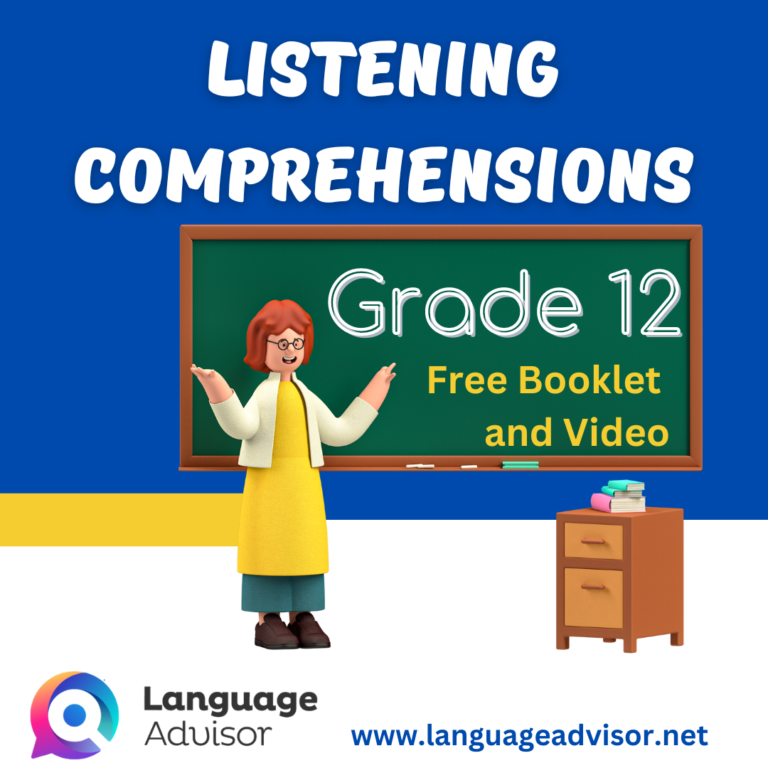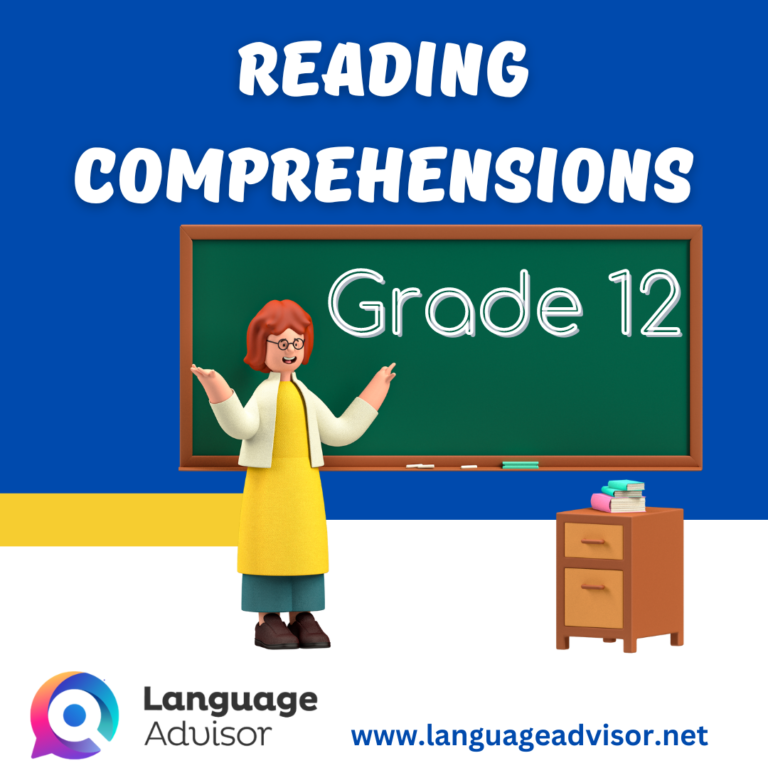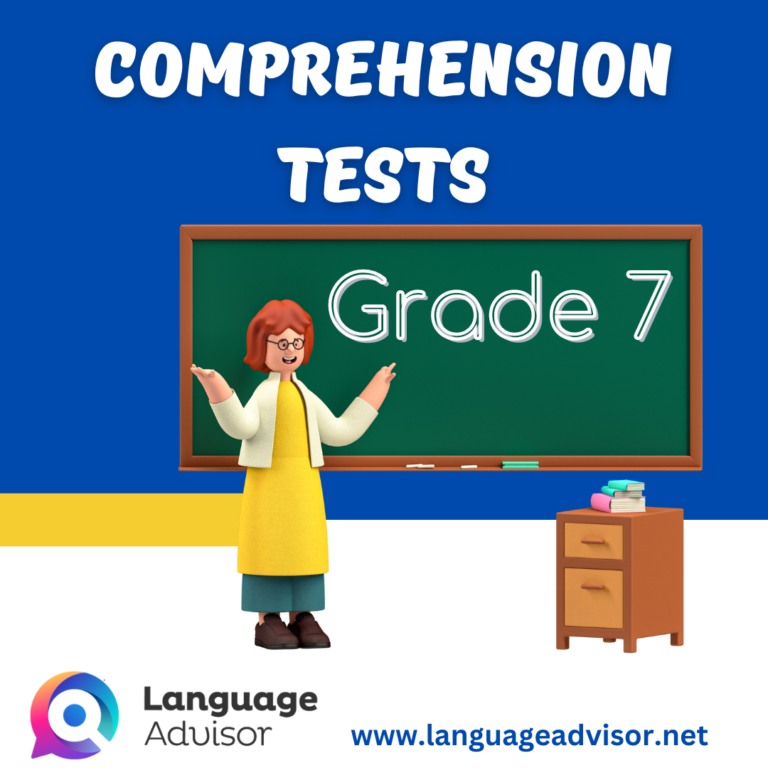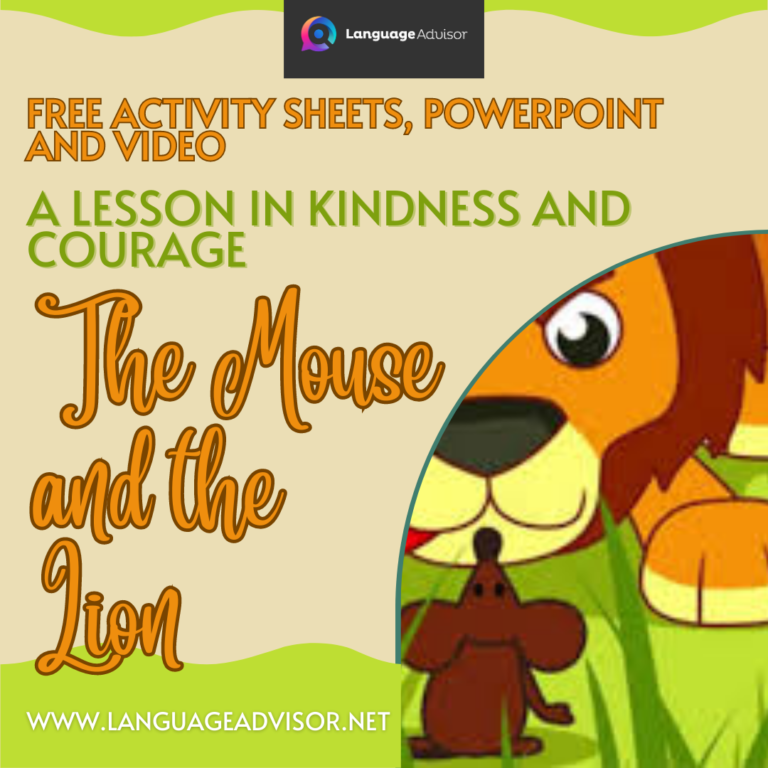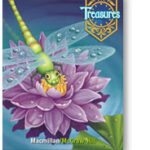The Boy Who Cried Wolf. Listening and Reading Comprehension for Young Learners with Writing Activity Sheet – Free PDF Worksheets, eBook, Video and PowerPoint Lesson
The Boy Who Cried Wolf

Teaching English Through “The Boy Who Cried Wolf”: An Engaging Lesson in Honesty and Consequences
Teaching English to young learners requires creativity and captivating stories that not only entertain but also impart valuable lessons. This story is a timeless fable that offers an excellent opportunity to teach English vocabulary, reinforce language skills, and emphasize the importance of honesty and credibility. In this blog post, we explore how “The Boy Who Cried Wolf” can be used as a teaching tool for English language acquisition with young learners.
Vocabulary Expansion
“The Boy Who Cried Wolf” introduces young learners to a range of vocabulary words related to animals, nature, emotions, and actions. As you read the story, encourage students to actively engage with the vocabulary by identifying and discussing new words. Use visual aids, gestures, and contextual examples to reinforce understanding and retention. Engaging in vocabulary activities like word matching or creating sentences with the new words adds a fun and interactive element to the learning process.
Reading Comprehension
The fable provides an opportunity to develop reading comprehension skills. After reading “The Boy Who Cried Wolf,” engage students in discussions to ensure their understanding of the story. Ask questions about the characters, the plot, and the moral lesson conveyed. Encourage children to make predictions, draw connections, and express their thoughts on the consequences of the boy’s actions. This promotes critical thinking and comprehension abilities while strengthening their grasp of the English language.
Moral Lessons and Character Development
“The Boy Who Cried Wolf” teaches a valuable lesson about honesty, credibility, and the consequences of lying. Use the story as a starting point for discussing the importance of telling the truth and building trust with others. Engage students in conversations about the boy’s actions and the impact they had on his credibility. Encourage them to reflect on real-life situations where honesty is crucial and the effects of dishonesty. Through these discussions, young learners not only enhance their English language skills but also develop ethical values and personal integrity.
Dramatic Activities
Bring the fable to life through dramatic activities. Encourage students to act out different scenes from the story, taking on the roles of the boy, the villagers, and the sheep. This interactive approach allows young learners to practice speaking English in a creative and engaging manner. It also promotes confidence, collaboration, and language fluency. Additionally, students can create their own skits or puppet shows based on the fable, showcasing their understanding of the story and using English vocabulary and phrases in a fun and expressive way.
Writing Exercises
This story offers opportunities for writing exercises that foster language development. Prompt students to write their own version of the story, changing the setting, characters, or outcome. Encourage them to incorporate descriptive language, dialogue, and expressions they have learned. This exercise nurtures creativity, improves writing skills, and reinforces the use of English grammar and vocabulary in a meaningful context. Provide guidance and feedback to enhance their writing abilities.
Conclusion
Integrating this fable into English language teaching for young learners is a powerful way to engage students while imparting important moral lessons. By incorporating vocabulary expansion, reading comprehension, moral discussions, dramatic activities, and writing exercises, educators can create a holistic and enriching learning experience. This fable not only strengthens language skills but also instills values of honesty, credibility, and the understanding of consequences.
Let’s embark on this educational adventure with “The Boy Who Cried Wolf” and inspire young learners to become trustworthy and responsible individuals while developing their English language abilities.

The Boy Who Cried Wolf – Higher Ability Activity – Free eBook and downloadable PDF
BROWSE THE EBOOK
The Boy Who Cried Wolf – Activity Sheets

PowerPoint Lesson
DOWNLOAD THE POWER POINT FOR FREE

The Boy Who Cried Wolf – Video

Writing Activity Sheet
All downloads are in PDF format


Information, PDF and images were taken from https://www.twinkl.nl/

Also chek out these free English comprehension activities for Young Learners



